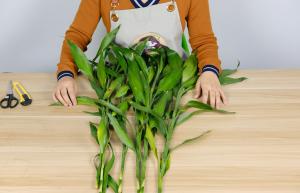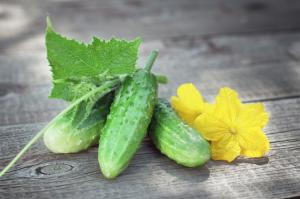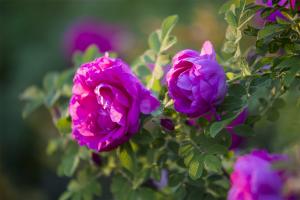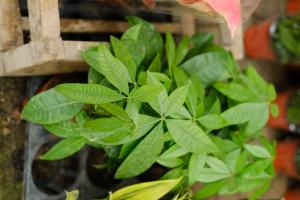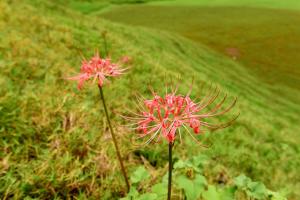What Plant Zone is Pennsylvania?
Introduction
When it comes to gardening or farming in Pennsylvania, one of the most crucial pieces of information to know is the plant hardiness zone. Knowing which plant zone you're in can help you determine which plants are most likely to thrive in your region and when to plant them. In this article, we'll answer the question: what plant zone is Pennsylvania?
The Plant Hardiness Zones of Pennsylvania
The United States Department of Agriculture (USDA) has created a map that divides North America into eleven different plant hardiness zones. Each zone is defined by an average annual minimum winter temperature. The map is a useful tool for gardeners and farmers as it helps them to determine which plants are most likely to survive in their location.
Pennsylvania is typically split into six different zones by the USDA. The northern part of the state, including areas like Erie and Scranton, is generally in plant hardiness zones 5a and 5b, where temperatures can dip as low as -20掳F. The rest of the state is split between zones 6a, 6b, and 7a, with the warmest temperatures in Philadelphia and Harrisburg reaching just above 0掳F in zone 7a.
What Does This Mean for Gardeners and Farmers in Pennsylvania?
Knowing your plant hardiness zone can help you determine which plants are best suited for your region. For example, plants that thrive in tropical climates are unlikely to do well in Pennsylvania, which has cold winters and moderate summers. Instead, gardeners and farmers in Pennsylvania should focus on plants that can withstand colder temperatures and resist diseases that are common in the region.
For those in the northern parts of the state, it's important to select plants that can withstand the extreme cold temperatures. Choosing plants that are native to the region can often be a good approach. However, it's also possible to grow a wide range of plants that aren't native to the region by utilizing gardening techniques such as mulching, selecting hardier cultivars, or using greenhouses.
Those in the warmer parts of the state will have a wider range of plants to choose from. However, the moderate summer temperatures mean that some plants may not fare as well in Pennsylvania as they would in other parts of the country. It's important to research which plants have been successful in your area and what types of soil and sun exposure they require.
Conclusion
Plant hardiness zones are an essential tool for any gardener or farmer looking to grow plants in Pennsylvania. Understanding which zone you're in can help you select the plants that are most likely to thrive in your area and resist common diseases. Whether you're in the cold north or the milder south, there are still plenty of plants that can grow and flourish in Pennsylvania.

 how many times do yo...
how many times do yo... how many planted tre...
how many planted tre... how many pine trees ...
how many pine trees ... how many pecan trees...
how many pecan trees... how many plants comp...
how many plants comp... how many plants can ...
how many plants can ... how many plants and ...
how many plants and ... how many pepper plan...
how many pepper plan...